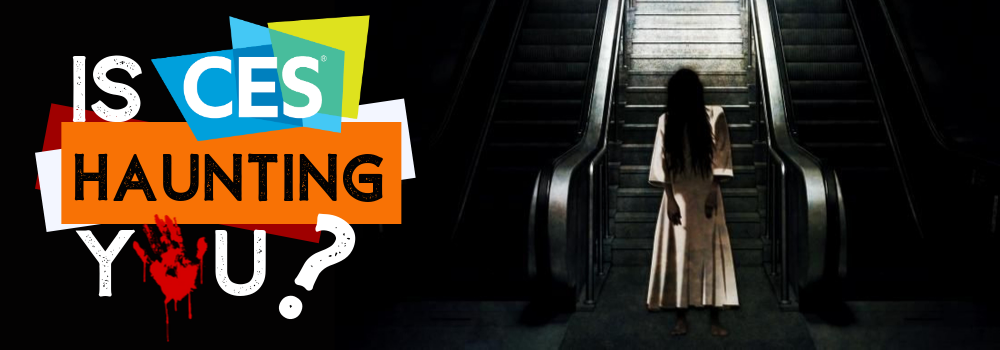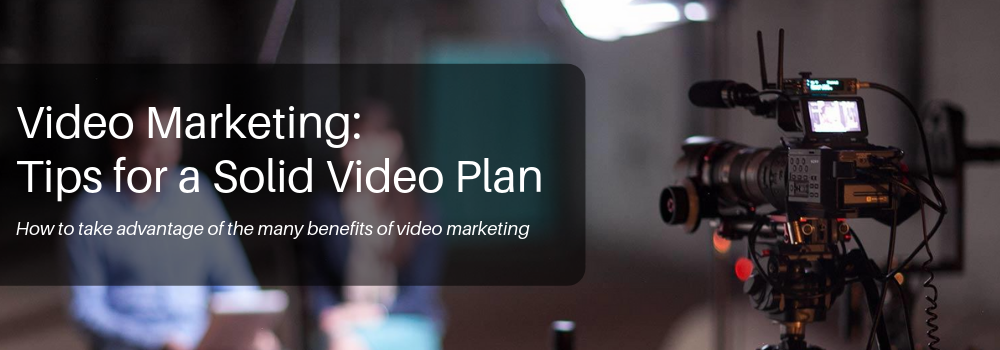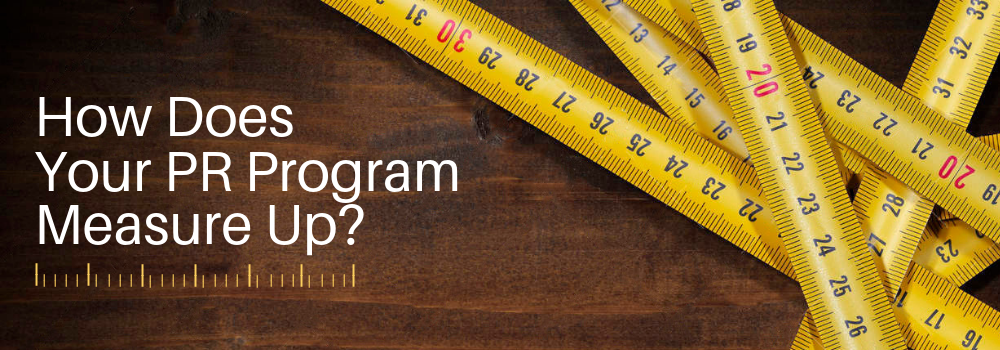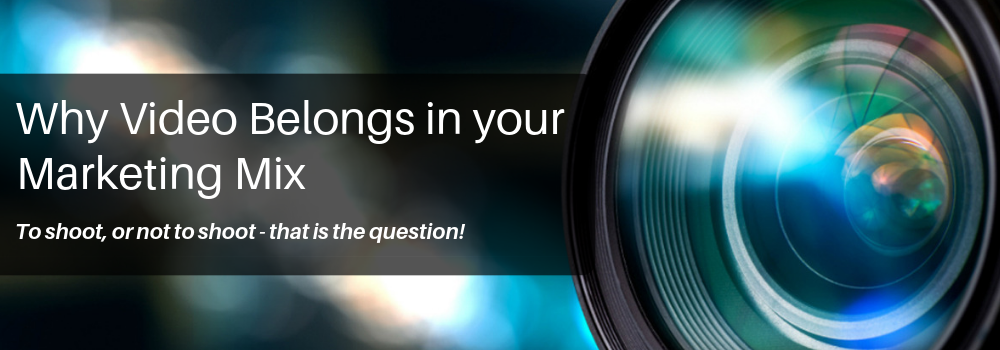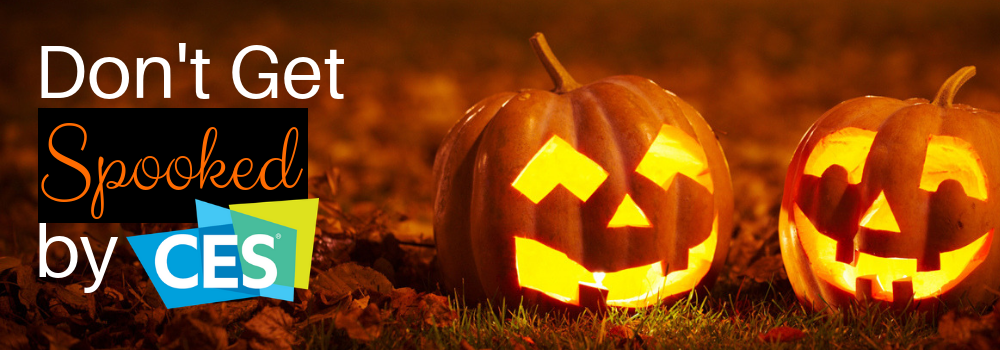Virtual trade shows have become a cornerstone of life during COVID-19.
Even with hopeful signs beginning to emerge, the public health crisis continues to shape enterprise strategy. Most organizers have come to the conclusion that the 2021 convention season will remain virtual. As virtual events gain traction, they will no doubt stay a part of the business world for years to come.
Virtual and face-to-face trade shows have the same purpose, but they are very different.
It’s the difference between analog and digital. Analog is a glossy brochure, digital is a fully interactive website. We learned early on that simply turning our company brochure into a website was a missed opportunity: The potential for a richer, more customer-focused experience was being lost.
Today, no one designs a website this way. The medium’s merits are recognized and used.
When it comes to virtual trade shows, we need to be just as diligent in recognizing that this is a leap into the digital world – with all that entails. Simply templating our analog strategy will limit the potential that can be reached.
It was not that long ago when virtual events were considered a pale imitation of the “real thing.” Now, they are taking center stage.

Let’s review five of the most effective ways to leverage virtual trade shows:
1. Familiarize Yourself with the Technology
Nearly all of us have gotten a crash course in videoconferencing over the last year. That said, you shouldn’t assume the event management platform is one you’ll be familiar with. Take time to learn about its key features and check compatibility with your hardware.
2. Make Networking a Top Priority
Networking is the core of any trade show. To make the most of it, it’s crucial to be sure you fully understand the event’s networking options. Most events have pre-scheduled blocks of networking time you’ll want to attend. Eliminate any distractions, like phone or email notifications, so you can focus completely during this time.
3. Pre-Book Video Calls with Qualified Decision-Makers
A show’s attendee list provides you with an easy way to identify promising leads and make contact. Schedule one-on-one time whenever possible, but be mindful of the show’s other events. Leverage your social media to promote your meeting sign-up link – this gives the right contacts the opportunity to find you.
4. Choose Your Event Attendees Strategically
Relevant product and persona insights pave the way for your representatives to build relationships. When you choose your team, select those who know your target audience well and easily engage with prospects. Make sure those social skills have made the digital leap! Charisma doesn’t always translate over webcam.
5. Empower Your Team with Quality Content
Content gives your contacts a lasting reason to explore what you have to offer and connect with you outside of an event. Your reps should be ready with content that aligns with your top buyer personas and use cases – from e-books to case studies and spec sheets. Then, be ready to follow up when the event closes.
Have you tried virtual events? We’d love to hear your feedback – was it a positive experience? Did you get a decent ROI? Would you do it again? As tech marketers, you’re writing the new playbook for how to take trade shows into our digital world. So go ahead, own it and make it yours!
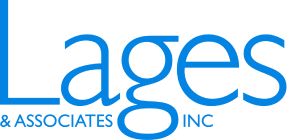

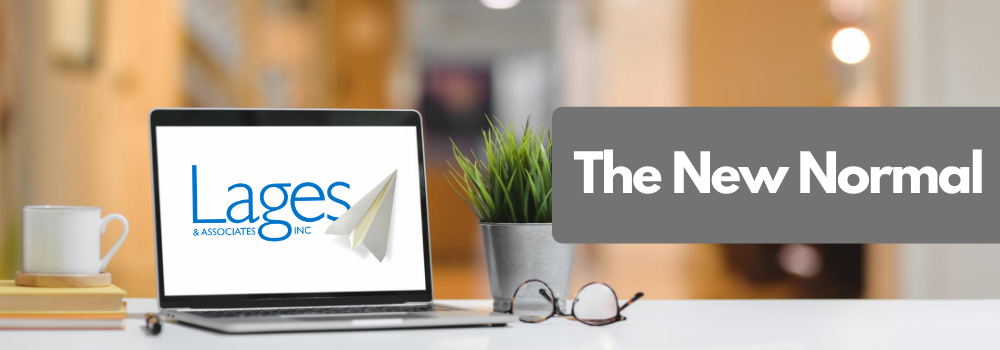
 At the beginning of this work from home adventure, I was worried I would fall behind on some of my routines. Thankfully, I have two furry alarm clocks who help me keep on schedule! Rosie and Milo make sure that, even though my commute has gone from a one-hour drive to a mere 15 steps, I’m still maintaining their 6:00 a.m. feeding schedule as if it were business as usual.
At the beginning of this work from home adventure, I was worried I would fall behind on some of my routines. Thankfully, I have two furry alarm clocks who help me keep on schedule! Rosie and Milo make sure that, even though my commute has gone from a one-hour drive to a mere 15 steps, I’m still maintaining their 6:00 a.m. feeding schedule as if it were business as usual.

